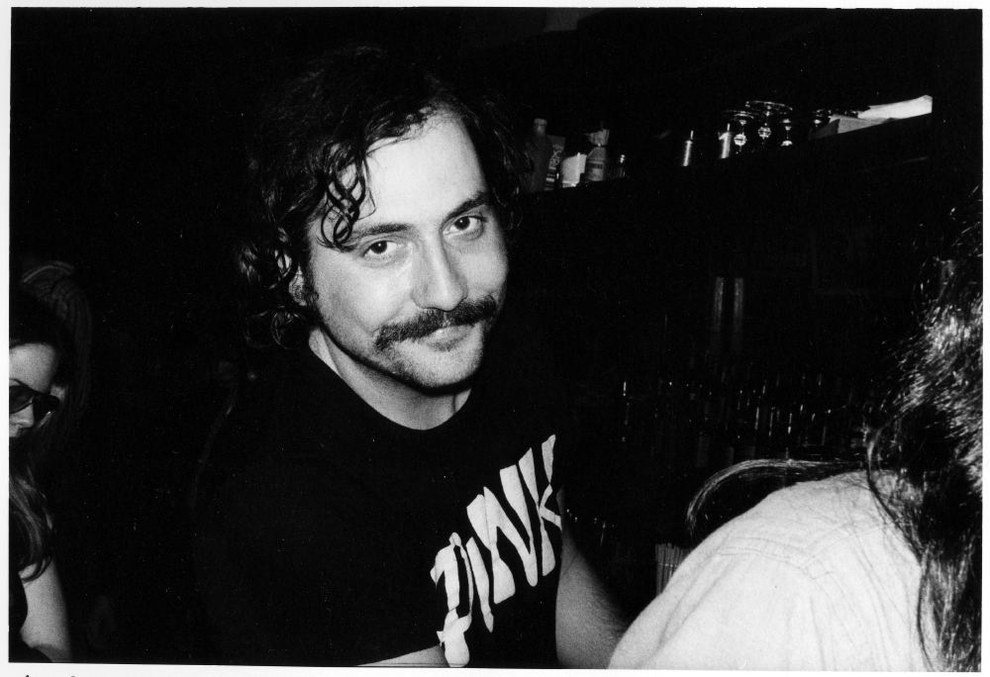Over the course of weeks 11–15 you'll have the opportunity to workshop two excerpts from your final paper. We've already talked extensively about the scope and potential of this project, so there's no need to do so here, but it's worth restating that this is a wonderful chance to interrogate your identity, tastes, learning habits, and cultural contexts as well as a chance to data-mine your bookshelves, record collection, favorite movies, etc. for things that will fit your chosen theme. Last-minute hunting probably won't serve you well; instead carry your topic (or shortlist of topics if you're still not decided) with you, brainstorm lists of potential evidence, and keep an eye out for moments of sudden inspiration.
Response Details
Your responses should be approximately 500–750 words, though that could vary wildly — the goal here isn't to meet a minimum word count, it's to offer us an effective and engaging piece of hybrid prose that aims to be both creative and critical. There's no place for filler here. Because these are segments of a larger essay, it's okay if they don't have a "proper" beginning and end, though you might want to provide some sort of brief note, if possible, setting up your transitions in and out of what we're reading.
In your pieces you should be sharing your opinions, but also moving beyond that to offer up a form of analysis, or an argument, or convincing your reader of a given point or position, and the best way to do that is with copious evidence from your chosen texts themselves. You can (and certainly should) have fun, be weird, take risks, commit daring stylistic feats, and even exploit tenuous connections to your theme, but remember to make a point as well; without that, your piece is incomplete.
Your responses must be posted no less than two days prior to their workshopping (i.e. before our class meeting on the class day before a Wednesday or Friday workshop, or before 2:30PM on Saturday for Monday workshops) and should be cleanly formatted, cited, etc. You'll e-mail them to me at my Gmail account (my last name [dot] my full first name [at] gmail [dot] com) in advance of that deadline and I'll link them on the schedule. Your writing should be in Word or PDF format, which should be able to accommodate hyperlinks, embedding of photos/videos/etc., and which everyone in the class should be able to view.
(Peer) Participation
Because of the sheer number of students in this class, we're going to need to move quickly as we workshop each piece (I'm estimating 8 minutes total per student) and that means that everyone is going to need to be prompt, brief, and to-the-point with their in-class feedback (which also presupposes that you've read the day's posts at least once and are familiar with them). To make the process easier, each student being workshopped on a given day will have a lead reader chosen at random, and this student will be responsible for getting our discussion off to a quick start with a few comments. These three criteria are an excellent (and simple) way to frame your reaction to a given piece:
- Is this response effective? Is it interesting? Why or why not? Note specific details(!)
- Comment on the use of evidence: is it sufficiently clever and/or convincing?
- Are there any major questions that remain unanswered for you or concerns that you have?
The lead reader will also bring two copies of their responses to these questions on the day of the workshop: one for me, one for the author. Being absent on your lead reader day (or on the day your writing is being workshopped) is not recommended without serious extenuating circumstances and grades will be docked accordingly and you'll be skipped for that round.
Finally, while it should go without saying, our workshop should be a place for constructive criticism rooted in mutual respect and guided by a desire to learn about and improve our own writing processes while helping others do the same.
Grading / The Progressive Approach
Feedback is more important than grades, but during the workshop portion of our semester I will be giving students grades for each of their pieces on a simplified scale: essentially ✓, ✓+, ✓-. Letter grades will only be given for your final essay, but this should offer you some sort of sense of how you're doing. Because honesty and growth are important, there will be no grade inflation here, but if you get a ✓- it will come with some concrete ideas on how to do better next time. In general, this progressive approach should guide your efforts this semester, and while that's a double-edged sword, it is so in a positive manner: you should aim to make improvements (whether small or large) as you progress through the two workshop rounds, and that means that a poor showing in first round will have less of an effect on your final grade than exemplary work later in the term.







